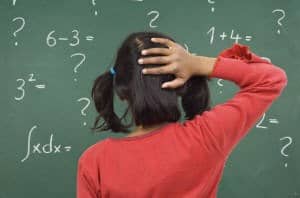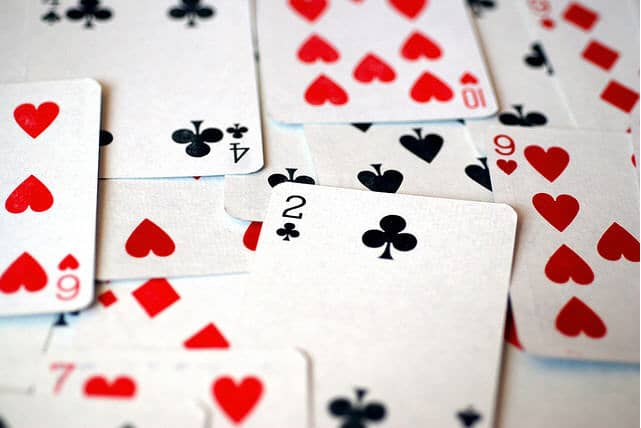By Joanne Arcand
In this blog post, our regular guest blogger Joanne Arcand, gives us some background on math learning in the classroom and how we as parents can help reinforce math learning at home. She also provides some ideas and resources for us to use.
The Spiralling Math Curriculum

Thank goodness there is more than one way to approach something. The creativity in our personality allows us to get out of some pretty tricky situations like when you realize you’ve done that whole presentation with your fly open, or need to solve an ‘I’ve got to go pee’ backseat toddler emergency in stop-and-go Highway traffic (the creative solution for this, by the way, was an “Allan’s” juice bottle which didn’t make its way into the blue box.)
Creativity in Math
Math teachers try to use creativity to teach the ‘how’ and ‘why’ of operations in mathematics. For example, they might use counters to show why 2 + 3 makes five, then fingers, then Smarties (sometimes, 2 + 3 magically equals 4 when using Smarties).
They also need to show ‘how’ by switching to numbers and worksheets to show how we line up math problems. In today’s classrooms, online enrichment activities are used to reinforce math through games. Teachers will keep going back between the ‘how’ and the ‘why’ until they feel it’s time to move on.
A Math Curriculum Based on Repetition
The good (or bad) part about math education is that the curriculum is based on a technique called spiralling. The same concepts are visited the next year, and probably the year after that. This means that the math your child doesn’t understand now will be revisited in different ways next year. It could also mean that worksheets that are too easy for your child’s current level of understanding are used as a way to ‘review’, and this easy work might lead to boredom with the math concept before it really starts.
Now and then, different manipulatives are promoted by the school board as a better way to teach ‘why’ a procedure works. Occasionally, teachers who struggled with math themselves are asked to teach math. As different teachers learn different approaches, they test them out in the classroom.
Sometimes, the experiment works for every child. Sometimes, “it’s not that way we learned last year” and mass confusion erupts.
How is Math Confusion a Good Thing?
Any learning starts with confusion or stress. For learning to stick, it has to be linked to an emotional response. Joseph LeDoux, a neuroscientist at New York University studied this link in 1994 (for some videos exploring this, click here). He determined that emotional connections are closely linked to learning, and the emotional connection we feel to learning occupies separate pathways in our brain.
Make the Environment Work for You
The trick is to use the environment to help the child be motivated to work through the confusion, to link that ‘aha’ moment and the good feelings it produces to the general concept of solving problems in math. You need to find a positive reinforce within the activity itself (as opposed to within the cookie jar, unless you want ‘counting calories’ to be a future math activity). For my kids, the answer lies in games.
1,000 Worksheets in Your Purse

As a parent, I have a pack of playing cards in my purse. They can easily be changed into math cards by taking out the face cards and pretending the ‘A’ is actually a ‘1’. There are games to be played with these cards that will reinforce math concepts from Grade 1 to Grade 12. For some ideas, check out this collection of card based drills.
Games are fun. Math is fun. Once that link has been made, the rest can be more enjoyable (OK, perhaps not as enjoyable as a game of soccer…but close).
Joanne Arcand is trying to juggle her role as a math teacher with her other life as mom of twin boys. She lives in Oakville, Ontario.

